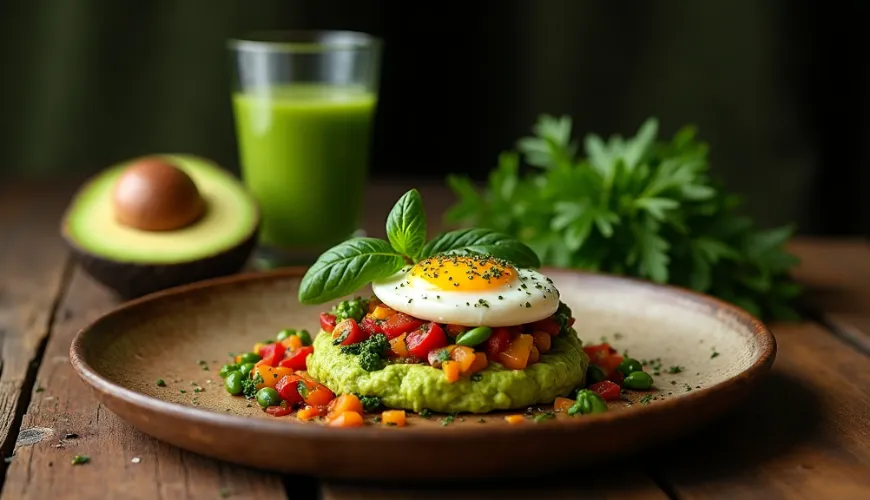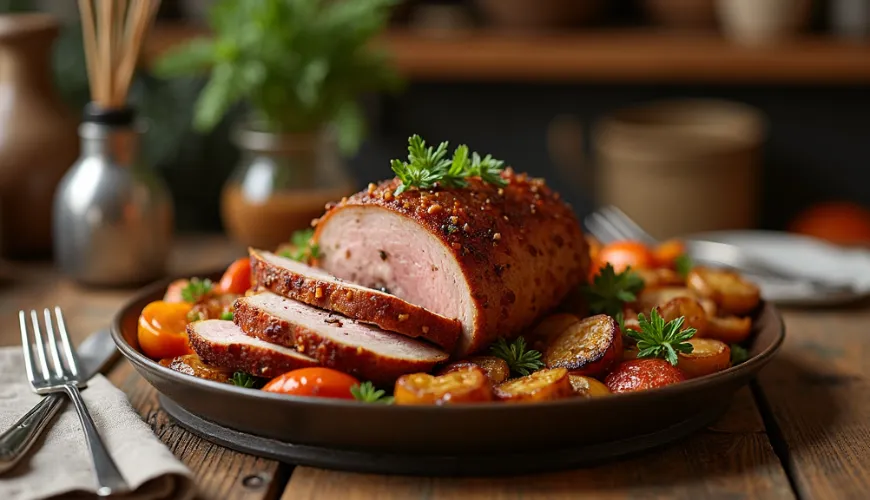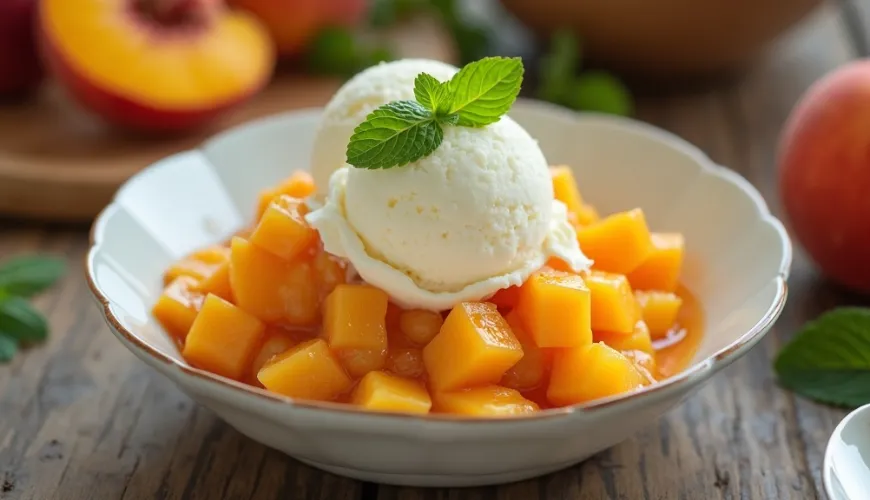
Porchetta, the fragrant roast that brightens up any table

Porchetta - The Italian Gem Among Meat Dishes You Will Love
When you mention Italy, most of us think of pizza, pasta, or tiramisu. But few are aware that one of the most cherished dishes in Italian cuisine is porchetta – a fragrant, juicy, and perfectly seasoned roast pork that has been prepared for hundreds of years. And it's not just ordinary roasted meat. Porchetta represents a culinary experience that combines tradition, craftsmanship, and the power of simple yet strong flavors.
You might be wondering: What exactly is porchetta? Originally, it was a festive dish prepared for weddings, pilgrimages, or other major events in the Italian countryside. Today, however, this delicacy has spread worldwide – and it's no wonder. Its delicious combination of crispy skin, tender meat, and aromatic herbs is simply irresistible.
The Origin and Tradition of Porchetta
Porchetta, pronounced "porketta," has its roots in central Italy, particularly in the regions of Lazio, Umbria, and Abruzzo. The first mentions of this dish date back to ancient Rome, when pork was prepared in a similar way – slow-cooked over a fire with herbs. In modern times, porchetta has become associated with the town of Ariccia, which today bears the protected designation of origin "Porchetta di Ariccia IGP."
The traditional recipe is simple but requires precision. Pork – ideally a whole deboned pig or at least a belly with skin – is carefully filled with a mixture of garlic, rosemary, fennel, salt, and pepper. It is then rolled into a firm roulade, left to rest, and roasted for several hours at a lower temperature until the meat is tender and the skin cracks into a golden, crispy crust.
Porchetta is not just a meal. It is a symbol of hospitality, communal dining, and a love for traditional cooking. In many Italian towns, it is still sold on the street as street food in a baguette, with mustard, or just on its own, still warm straight from the oven.
How to Prepare Homemade Porchetta?
Although the original Italian porchetta might seem challenging, with a bit of patience, it can be prepared at home – without the need for a whole pig. The most commonly used cuts for a homemade version are pork belly with skin or neck, which are affordable and roast well.
Basic Porchetta Recipe:
Ingredients:
- 1.5–2 kg pork belly with skin (ideally without ribs)
- 3–4 cloves of garlic
- 2 tablespoons dried fennel
- fresh or dried rosemary
- salt and freshly ground pepper
- olive oil
- a pinch of chili (optional)
- string or twine for tying
Instructions:
Place the meat skin-side down and evenly coat it with a mixture of crushed garlic, fennel, rosemary, salt, and pepper. Drizzle with olive oil, roll tightly into a roulade, and tie with kitchen twine. Let it marinate ideally overnight in the refrigerator.
Before roasting, let the meat come to room temperature. Preheat the oven to 160 °C and roast the porchetta for approximately 2.5–3 hours. Then increase the temperature to 220 °C and bake for an additional 20–30 minutes to create a crispy crust. After baking, let the meat rest for at least 15 minutes before slicing.
The result is a rich mosaic of tender meat, fragrant herbs, and crispy skin, which is perfect for both festive tables and Sunday lunches.
Porchetta in Modern Cuisine
While porchetta was once reserved for festive occasions, today it is becoming a regular part of the menu for lovers of quality meat. In Italy, you can find it at farmers' markets, festivals, and even in fast food versions. It is increasingly appearing in Czech gastronomy – whether as part of tasting menus or as a main course at weddings and celebrations.
One reason for its popularity is the versatility of porchetta. It can be served hot or cold, in a sandwich, as a main course with a side dish, or sliced thinly with wine. It pairs wonderfully with roasted potatoes, vegetable salads, or homemade gnocchi. And if there's any leftover, you can use it the next day in wraps, pasta, or risotto.
One example of using porchetta in modern gastronomy is popular street food festivals, where stalls with Italian cuisine are increasingly common. There, porchetta is served in a toasted ciabatta with arugula, mustard dressing, and caramelized onions. Simple, yet absolutely genius.
Why Love Porchetta?
It's not just about taste. Porchetta is a demonstration of how traditional, accessible ingredients can create a dish that appeals to gourmets and home cooking enthusiasts alike. It is a dish that doesn't require complicated ingredients but relies on quality and precision in preparation.
Moreover, it is a dish that brings people together – literally. The aroma fills the whole house during roasting, and once the porchetta is placed on the table, it is almost impossible for anyone to resist. It is an experience that awakens memories and creates new ones. After all, as the old Italian saying goes: "Chi mangia bene, vive meglio." Not only do you eat well, but you live better.
And that is why it's worth trying porchetta – not only for its taste but also for the atmosphere it creates. In a time when we often chase after quick and easy meals, porchetta reminds us of the importance of patience, honesty, and the joy of sharing food.
A well-prepared Italian porchetta is not just about the recipe. It's about the time you invest, the scents that imprint on your memory, and the people you share it with. And therein lies its true strength – simple, yet unforgettable.

